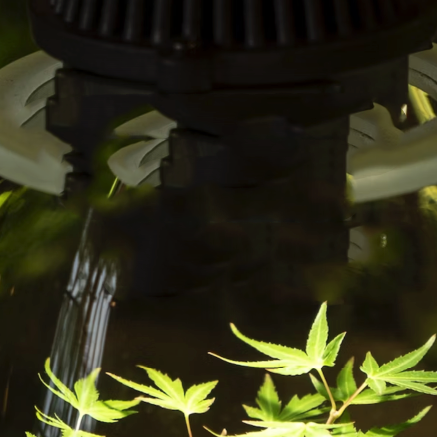All about Iron
Iron (Fe) is one of the most important micronutrients and is quite abundant. In nature, it is not usually found in its elemental form because when it is exposed to the elements it readily oxidises into rust (Iron Oxide, Fe2O3). Most of the iron found on earth is in the outer and outer core of the planet. Much of the iron that is found in or on the earth's crust is attributable to historic meteorite impacts.
Iron played a huge role in human history when its usage began to replace copper alloys, such as bronze, for items such as tools and weapons. However, it has always been a vital nutrient in plant and animal biology. In humans the haemoglobin molecules in our blood, which carries oxygen around our bodies, is based around an atom of iron. It is also important for cellular respiration and other purposes.
In plants, it is classed as a micronutrient because it is only required in minute quantities. However, it is needed to make quite a few types of enzymes and can deoxidise (reduce) nitrates and sulphates so that the resulting nitrogen and sulphur can be used. It is also crucial for making chlorophyll. Iron is immobile within plants once it has been used.
A plant that it deficient in iron is unable to make enough chlorophyll. This is why an iron deficiency in plants can be spotted by yellowing between the veins (interveinal chlorosis) of new shoots and leaves beginning closest to the stalk. Eventually, this interveinal chlorosis spreads down the plant to the older, larger leaves. Chlorophyll is needed for photosynthesis and photosynthesis powers growth. Therefore, when a plant is deficient in iron, growth slows down and the final crop size will be markedly reduced:
An excess of iron causes leaves to turn a bronze colour, sometimes with dark brown spots. The plant will also find it difficult to uptake phosphorus and may begin to show signs of a deficiency in it.

